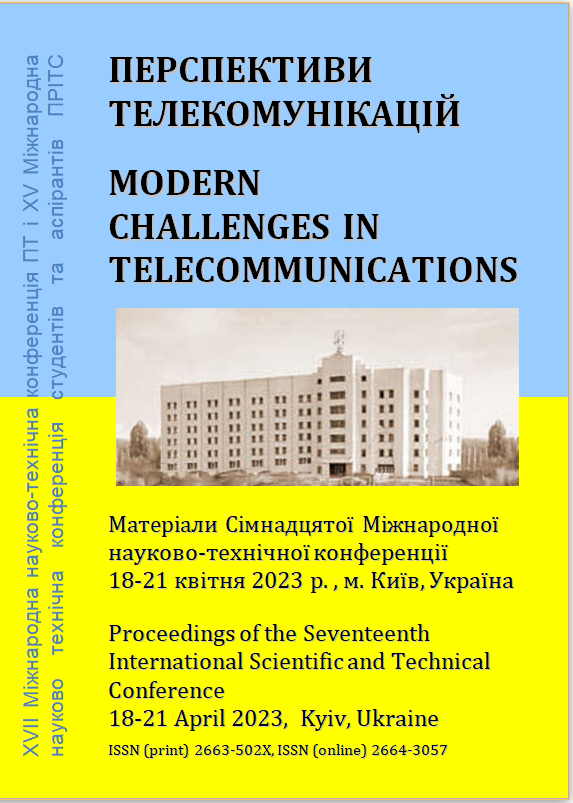МЕТОД ПОБУДОВИ ЗАВАДОСТІЙКОГО ПРОГРАМНОГО КОМПЛЕКСУ З ВИКОРИСТАННЯМ МІКРОСЕРВІСНОЇ АРХІТЕКТУРИ
Анотація
У роботі описано принцип роботи та побудову програмного комплексу з використанням мікросервісної архітектури, вказані ризики та переваги. Порівняно монолітну та мікросервісну архітектуру. Описано алгоритм отримання завадостійкого програмного комплексу для безперебійної роботи сервісу.Посилання
Gigi Sayfan. Hands-On Microservices with Kubernetes. Packt Publishing, 1st edition 2019, - p.p. 58-90.
Stephen Fleming. Microservices Architecture Handbook: Non-Programmer's Guide for Building Microservices. CreateSpace Independent Publishing Platform 2018, - p.p. 62-73.
P.S. Kocher. Docker microservices and containers, Addison-Wesley Professional, 1st edition 2019, - p.p. 189 -201.
Orkhan Gasimov. Microservice architecture for beginners. https://www.globallogic.com/ua/insights/blogs/microservices-architecture-for-beginners-part-one/
Newman S. Creating microservices, 2016, - p.p. 124-149.
M. Fowler. Enterprise software application architecture, Addison-Wesley Professional, 1st edition 2006, p. 544.
Neal Ford. Building Microservice Architectures, 2015, p. 20.
##submission.downloads##
Опубліковано
Як цитувати
Номер
Розділ
Ліцензія

Ця робота ліцензується відповідно до Creative Commons Attribution 4.0 International License.
Authors who submit to this conference agree to the following terms:a) Authors retain copyright over their work, while allowing the conference to place this unpublished work under a Creative Commons Attribution License, which allows others to freely access, use, and share the work, with an acknowledgement of the work's authorship and its initial presentation at this conference.
b) Authors are able to waive the terms of the CC license and enter into separate, additional contractual arrangements for the non-exclusive distribution and subsequent publication of this work (e.g., publish a revised version in a journal, post it to an institutional repository or publish it in a book), with an acknowledgement of its initial presentation at this conference.
c) In addition, authors are encouraged to post and share their work online (e.g., in institutional repositories or on their website) at any point before and after the conference.

